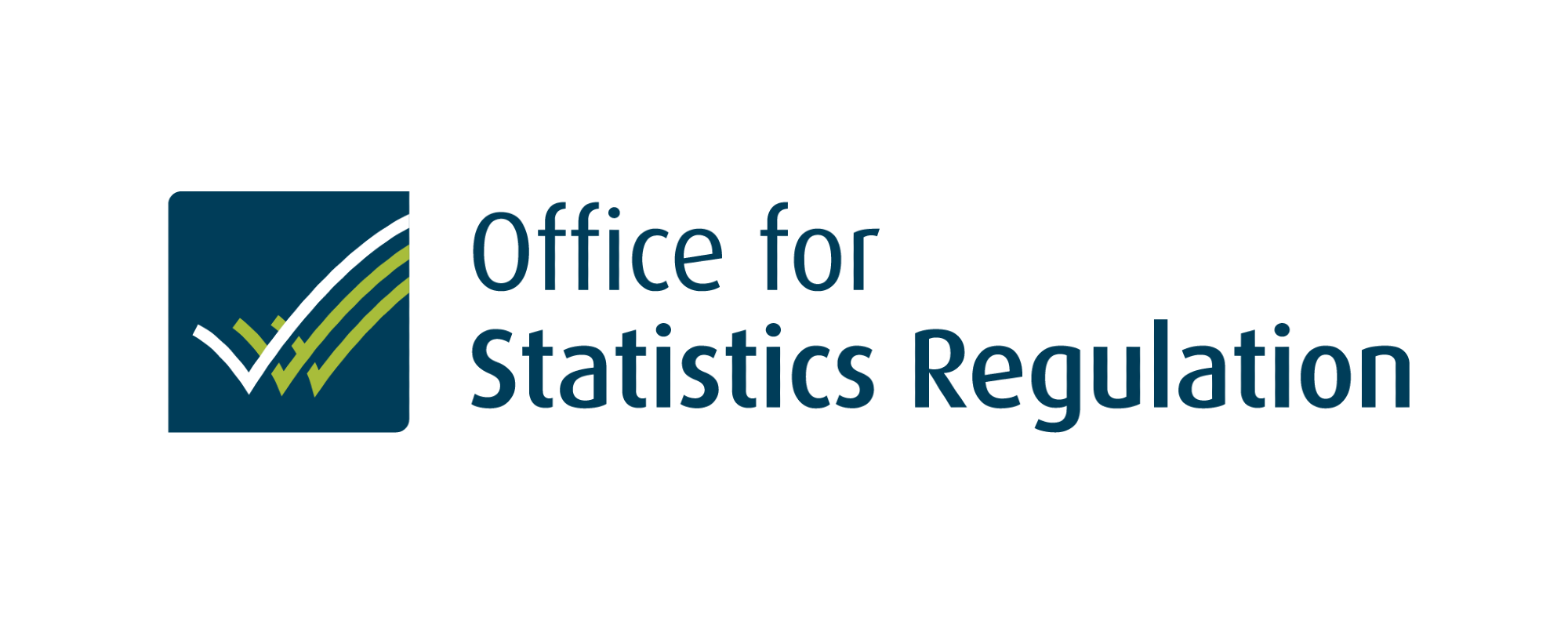Quality
Supporting users to understand quality
1.7 We found that BSO provides users with the information that they need to understand the quality of the statistics. For example, the annual reports include a good balance of statistical reporting, insightful commentary and information about quality. Comparisons of the statistics over time, and with other UK nations, are provided alongside relevant caveats for users making such comparisons. BSO has also published a Quality Assurance of Administrative Data (QAAD) report for each topic area (for example, this QAAD report for the General Pharmaceutical Services statistics). These are easy to find and are very detailed, covering aspects such as claims processes and quality assurance checks. A list of strengths and weaknesses and the implications of these for users is also included in each QAAD report.
1.8 The data used to produce BSO’s statistics come from administrative data sources. Most of these are payment claims data, where there is an incentive for claimants to submit on time, so there is good coverage across all the statistics. Consequently, the level of uncertainty around the statistics is low and any estimates are deemed to be very robust. It is good to see that BSO is careful in its use of language when discussing estimates (for example using descriptions such as ‘almost’ or ‘around’). We encourage the team to continue to think about how uncertainty is communicated to users.
Engagement with data suppliers
1.9 The statisticians at BSO have built excellent relationships with their data suppliers, who also work within the organisation. An analyst liaison group, co-chaired by the Senior Statistician and the Senior Data Analyst, provides a forum for raising issues formally – for example, data managers making statisticians aware of planned system changes, or statisticians raising data requirements for upcoming work. The statisticians work closely with their data suppliers on ad hoc requests and project work, as well as for official statistics. This provides another more informal route for communicating data issues to suppliers. The result of this strong engagement is that data quality is continually being improved and the statisticians have a solid understanding of the data they are using.
Back to top
